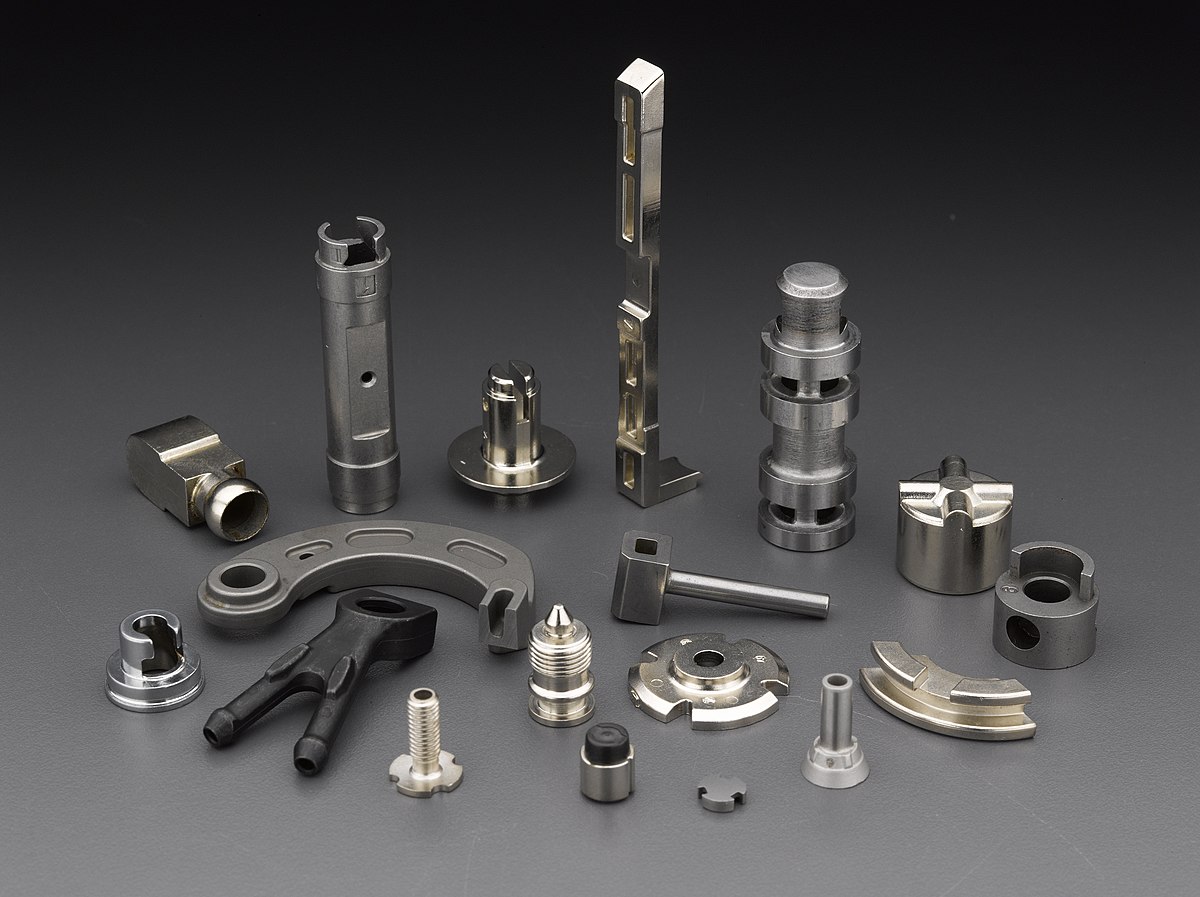In the realm of advanced manufacturing, Metal Injection Molding (MIM) has emerged as a game-changer. This innovative process combines the versatility of plastic injection molding with the strength and durability of metal components. With its ability to create intricate and complex geometries, MIM is revolutionizing industries ranging from aerospace to healthcare. In this article, we will explore the fascinating world of Metal Injection Molding, from its basics to its wide-ranging applications.
Understanding Metal Injection Molding
Metal Injection Molding, often referred to as MIM, is a manufacturing process that blends the principles of powder metallurgy and plastic injection molding. It starts with the creation of a feedstock – a fine metal powder mixed with a polymer binder. This mixture is then heated and injected into a mold cavity under high pressure. Once injected, the part undergoes a debinding process to remove the polymer binder, followed by sintering, where the metal particles fuse together. The result? A fully dense, high-precision metal component with exceptional mechanical properties.
The Advantages of MIM
- Complex Geometries: MIM enables the production of intricate and complex shapes that are challenging to achieve with traditional manufacturing methods, such as CNC machining or die casting.
- Cost-Effective: For small to medium-sized production runs, MIM can offer significant cost savings compared to machining, as it generates minimal material waste.
- Material Versatility: MIM is compatible with a wide range of materials, including stainless steel, titanium, and even superalloys, providing flexibility for various applications.
- High Precision: MIM boasts tight tolerances, ensuring consistent quality and uniformity across batches.
- Reduced Post-Processing: Compared to other metal forming methods, MIM often requires minimal post-processing, streamlining production timelines.
Applications Across Industries
- Aerospace and Defense
In the aerospace sector, where lightweight and high-strength components are crucial, MIM is a preferred choice. It’s used for producing Metal injection molding parts like aircraft brackets, connectors, and even missile components. MIM’s ability to provide high precision and complex geometries is a boon to this industry.
- Healthcare and Medical Devices
From intricate surgical instruments to dental implants, MIM plays a vital role in the healthcare sector. The biocompatibility of many MIM materials makes it an ideal choice for producing implantable medical devices.
- Automotive Engineering
In the automotive industry, MIM is utilized for making components like gears, sensors, and fuel injection systems. Its ability to create lightweight, yet durable parts contributes to fuel efficiency and overall vehicle performance.
- Electronics
The electronics industry benefits from MIM for producing small, intricate components used in smartphones, tablets, and various consumer electronics. These components often require high precision and durability, which MIM can provide.
Challenges and Future Developments
While Metal Injection Molding offers numerous advantages, it’s not without challenges. Controlling the debinding and sintering processes to achieve optimal material properties can be complex. Moreover, MIM may not be cost-effective for large production runs compared to other mass production methods.
Nonetheless, ongoing research and development are focused on improving MIM’s efficiency and expanding its material capabilities. As advancements are made in feedstock formulations, sintering technologies, and process optimization, we can expect MIM to become an even more prominent player in the manufacturing landscape.
Conclusion
Metal Injection Molding is a remarkable fusion of science and engineering that’s transforming the way we manufacture metal components. Its ability to create intricate, high-precision parts with diverse material choices is driving innovation across a multitude of industries. As technology continues to advance, Metal Injection Molding will likely play an even more significant role in the future of precision manufacturing, pushing the boundaries of what’s possible in the world of metalworking.


